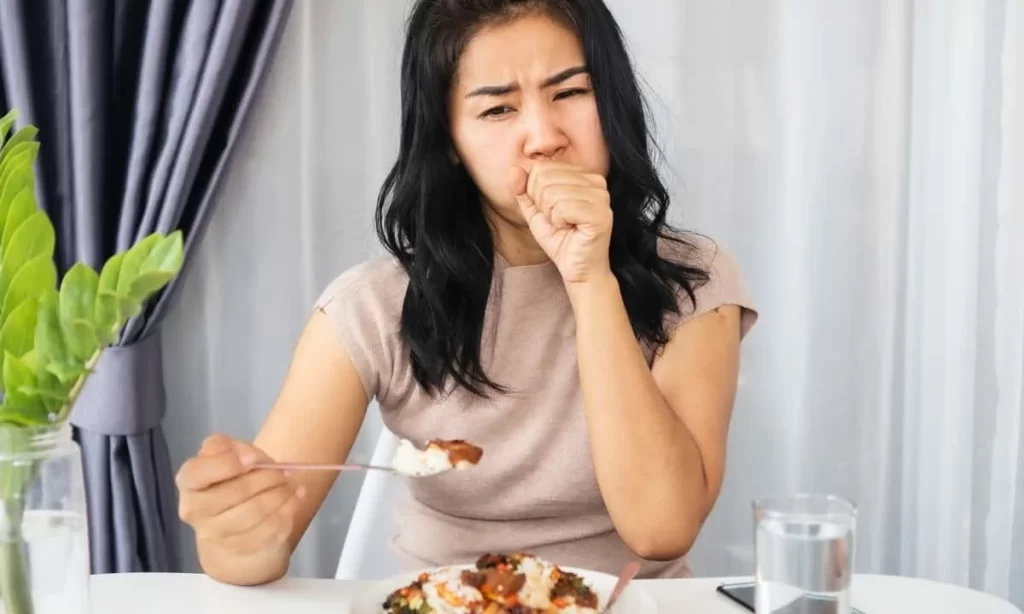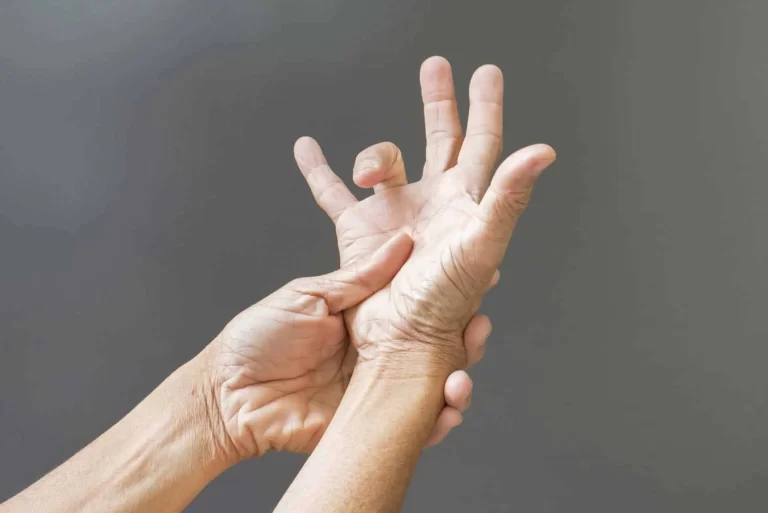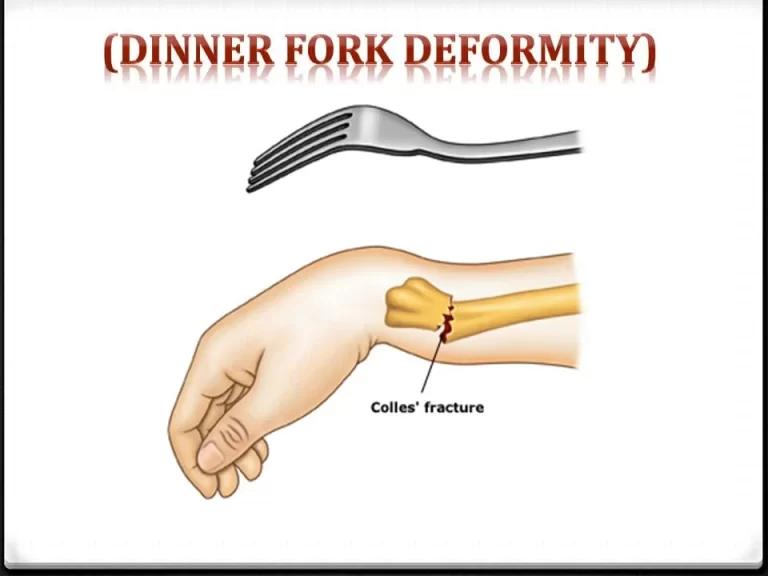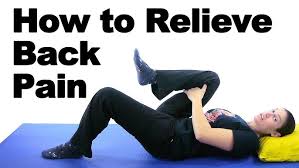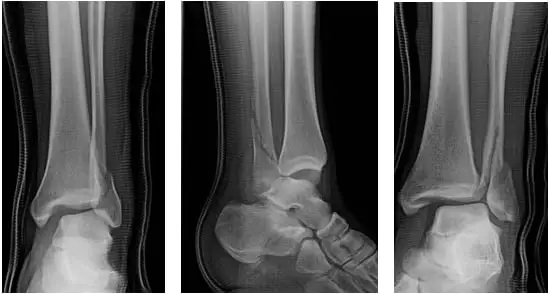Stomach Pain after Eating Pasta
Do you have Stomach Pain after Eating Pasta?
While experiencing stomach pain is never comfortable, it is more uncomfortable immediately following pasta consumption.
Contrary to popular belief, food allergies in adults are less frequent than you may think. It may take some time to pinpoint the specific foods that are causing your pain, so it’s important to talk to a doctor about your eating habits and any food-related symptoms. Speak with your doctor or a certified dietitian to determine the best course of action for you.
You guessed it: one of the most frequent reasons for post-meal stomach pain is dyspepsia, which is basically simply another word for indigestion. Bloating, post-meal feelings of fullness, and abdominal pain are symptoms of dyspepsia.
Your stomach may pain after eating because of an underlying problem, even though indigestion normally goes away on its own.
After a healthy meal, do you frequently experience stomachaches? If any of these health issues are the cause, it might be worth looking into.
Pasta has some elements that can exacerbate some medical issues, such as stomach ache. If you have a known food allergy, eating pasta may cause an allergic reaction. Pasta that contains soy, wheat, or eggs may aggravate intestinal inflammation and cause stomach pain. After eating pasta, stomach pain may potentially be a symptom of celiac disease or gluten sensitivity. The majority of pasta contains gluten, a wheat protein. People who are gluten intolerant have a range of digestive issues when they eat pasta.
Causes of Stomach Pain after Eating Pasta?
Food Allergy
If you have a food allergy, pasta may trigger an allergic reaction. Allergy-causing wheat, soy, eggs, and dairy items are commonly found in pasta dishes. Read the ingredients on the box before consuming any pasta to which you may have a professionally documented allergy. Pasta manufacturers are required by law to disclose the usage of any substances that the government considers to be common allergies. If the reaction is related to a food allergy, you may also have additional symptoms, such as asthma, hives, or congestion of the nose, in addition to stomach pain.
Gluten Intolerance
Pasta contains gluten unless it is labeled as “gluten-free.” Even a tiny quantity of pasta can cause excruciating stomach discomfort and other symptoms if you have celiac disease.
This digestive illness is caused by your immune system attacking the lining of your small intestine when you consume gluten-containing foods.
The cause of this immune system abnormality is unknown to doctors. For the benefit of your long-term digestive health, you must stay away from gluten if you have a gluten sensitivity.
Pasta Sauce
Sauces are frequently served with pasta. Pasta sauces contain two components that can cause
Dairy and tomatoes hurt. Tomatoes, the ingredient in red sauces, can trigger an allergic reaction in public.
Sauces that contain milk or cream may cause nausea if you have lactose intolerance or an allergic reaction.
A digestive disorder known as lactose intolerance results in gas, bloats, cramping in the stomach, pain, and diarrhea when dairy products are consumed.
Gastroenteritis is an infection of the stomach and intestines that manifests as nausea, vomiting, and diarrhea. Another common cause of food-related gastroenteritis, such as stomach pain after consuming tomato sauce, is food poisoning.
Although food allergies can mimic the symptoms of gastroenteritis, they do not really cause infections. Due to the presence of milk, fish, and tomatoes, pasta sauces might trigger allergic responses. If you have stomach pain after eating pasta sauce, you should speak with your doctor to determine the cause of your symptoms.
Gastroesophageal reflux disease (GERD)
Your problem is gastroesophageal reflux disease (GERD), which causes heartburn and stomach pain by irritating the lining of your oesophagus with stomach acid.
Your chance of having gastric reflux disease (GERD) is increased if you overeat or have a taste for spicy meals. This is because acid reflux may be very unpleasant and causes stomach acid to run up into your oesophagus.
Limit your consumption of alcohol, caffeine, and spicy foods if you think you could have gastric reflux disease (GERD). To help control your symptoms, you can also take over-the-counter antacids. If that doesn’t help, get in touch with your doctor.
Irritable bowel syndrome (IBS)
Stomach ache after eating pasta is undoubtedly one of the many symptoms of the intestinal problem, which can also include gas, diarrhea, constipation, and stomach pain. If you experience constipation or diarrhea, as well as chronic stomach pain after eating, it’s a good idea to visit your doctor and get tested for IBS.
Celiac disease
Celiac disease is an immunological reaction to gluten ingestion, and those who have it may have a range of symptoms. One is the ache in the stomach after eating gluten. For your information, celiac disease is not the same as mild gluten sensitivity, which is a condition in which your body makes it difficult for you to digest gluten.
When someone has celiac disease, ingesting gluten damages their small intestine; when someone has gluten intolerance, they may merely have physical symptoms like gas or diarrhea. To find possible reasons of the problem, you might collaborate with your physician.
Ulcer
In addition to other symptoms including weight loss, anemia, vomiting, difficulty swallowing, or blood in your stool, an ulcer may be the source of your ongoing pain after eating. Since ulcers, which are sores that develop in the lining of your stomach, small intestine, or oesophagus, are usually treated with drugs that lower acid production and, in some cases, antibiotics, you should definitely speak with a doctor about this.
Gastroparesis
It is also known as a “slow stomach,” which hinders proper digestion by partially paralyzing the stomach muscles. This prolongs the time that food remains in your stomach. Consequently, stomach pain and/or spasms result from your stomach’s incapacity to digest and absorb more meals. Additionally, nausea or vomiting may occur.
Most occurrences occur on their own and usually follow a stomach infection caused by a virus or bacteria. However, gastroparesis has also been linked to a recent COVID-19 infection.
This condition makes it easier for food to pass from your stomach, therefore you should eat smaller, more frequent meals. You may also want to avoid meals high in fiber, such as celery, beets, broccoli, and oranges, and choose cooked fruits and vegetables instead of raw ones. Your doctor may also suggest medications to reduce the ensuing nausea and tighten the muscles in your stomach.
Small intestinal bacterial overgrowth (SIBO)
occurs when there are too many bacteria in your small intestine. When there are too many harmful bacteria, the beneficial bacteria needed for digestion are overpowered. After meals, bloating, diarrhea, and abdominal pain might be caused by poor digestion.
SIBO risk factors include advanced age, prior stomach surgery, autoimmune disorders, and chronic constipation.
A gastroenterologist should be consulted if you suspect SIBO. Treatment entails dietary changes and the use of medicines to eradicate the bacterial overgrowth.
Gallbladder disease
Gallbladder disease, which encompasses a number of disorders that produce pain in the upper-right quadrant of your abdomen as well as around your back, is more prevalent among women in their 40s.
Greasy meals (think fried foods, cheese, sausage, potato chips, and butter) can cause mild to severe abdominal pain because fat activates the gallbladder. Gallstone-induced inflammation that blocks the ducts that lead to your small intestine can also cause excruciating pain. When you wake up in the middle of the night with severe stomach discomfort, it’s usually a sign that something’s wrong with your gallbladder.
Gallbladder issues typically don’t go away on their own, so if you have frequent or severe stomach pain after eating or any other concerning symptoms, you should see your doctor immediately. In more extreme situations, they may prescribe medicine to ease the pain and suggest surgery to remove the gallbladder.
Crohn’s disease
Any part of the GI tract, from the mouth to the anus, may be affected by this type of inflammatory bowel disease.
Inflammation associated with Crohn’s disease can cause mild to severe symptoms, including cramping, nausea, vomiting, diarrhea, fatigue, and blood in the stool. Although the exact origin of Crohn’s disease is unknown, food and heredity are typically implicated. Your doctor may recommend surgery, dietary changes, and medication to alleviate symptoms and provide long-term comfort, despite the fact that it is a chronic condition that requires constant monitoring and management.
Ulcerative colitis
Another type of inflammatory bowel illness that usually affects the colon and causes little ulcers all over the colon or rectum is ulcerative colitis. The symptoms usually develop gradually and include abdominal or rectal pain, bloody diarrhea, rectal bleeding, urgency to use the restroom, fatigue, and weight loss. Foods like cake, butter, coconut oil, and bacon that are heavy in sugar or saturated fats make stomach pain worse.
The exact reason is unknown, but potential contributing factors include immune system dysfunction, stress, nutrition, and inheritance. If you have severe stomach pain after eating or if you see blood in your stool, consult a physician. Surgery may be necessary in more severe situations, however anti-inflammatory medications are usually utilized as treatment.
Pancreatitis
Upper abdomen pain that may also radiate to the back is a symptom of pancreatitis, an inflammation of the pancreas. When the pancreas releases its digesting enzymes too soon, it attacks the organ rather than the food in the stomach, resulting in pancreatitis.
Alcoholism, gallstones, or pancreatic disorders can cause pain that develops gradually or that occurs quickly. Severe cases may require surgery, while minor cases of acute pancreatitis can be treated with rest and pain medication and resolve in a few days. If you have severe upper abdominal tenderness, fever, nausea, vomiting, or sudden onset pain, contact your doctor immediately.
Again, overeating might be the culprit, but if you frequently get stomach pain after meals, it’s wise to see a doctor to find out what’s causing it.
Symptoms of Stomach Pain after Eating Pasta?
There are many different types of stomach pain and distress. You’ve probably already come across a lot of them.
Typical symptoms and indicators include of:
- Pain
- Nausea
- abdominal cramps
- Acid reflux and bloating
- feeling very full during or after eating;
- abdominal tightness or bloating;
- Gas Burning in the lower abdomen and arms or chest that ranges from mild to severe
- partial regurgitation of the contents of the stomach If you know someone who is in excruciating pain from a stabbing.
Diagnosis of Stomach Pain after Eating Pasta?
Your doctor might be able to identify the reason of your stomach ache if you describe your symptoms to them. However, there may be times when more invasive testing is necessary. This could include:
- Endoscopy and colonoscopy
- CT scan
- X-ray, and pH monitoring
- Blood tests
- MRI
- Stool collection
The best way to find out whether you have a food intolerance is often to try different foods. Maintaining a meal journal may help you keep an eye on your symptoms. Your doctor may also recommend an elimination diet.
Treatment of Stomach Pain after Eating Pasta?
Maintaining adequate hydration is essential for managing gastroenteritis. The body may lose essential fluids as a result of excessive vomiting and diarrhea caused by gastroenteritis. To promote the development of bulky stool, increase your consumption of clear liquids and avoid bland foods such white rice, bananas, white bread, plain yoghurt, and apple sauce. As soon as you experience any symptoms of dehydration, such as dry lips, dry skin, or a sluggish feeling, give your doctor a call.
Here are some examples of over-the-counter remedies:
- Simethicone, another name for Gas-X, helps painful bloating.
- To reduce burning feelings, antacids like Tums, Alka-Seltzer, and Rolaids neutralize stomach acid.
- Acid-reducers such as Pepcid reduce stomach acid output for up to 12 hours.
- Beano helps avoid gas. Diarrhea and associated symptoms are stopped by imodium and other antidiarrheals.
- Lansoprazole and esomeprazole (Prevacid, Prilosec) prevent the generation of acid and promote oesophageal healing when taken on a regular basis.
- Pepto-Bismol soothes nausea and diarrhea and relieves burning by coating the lining of the oesophagus.
- Benadryl, also known as diphenhydramine, is used to treat nausea, vomiting, and symptoms associated with an adverse immunological response.
- Periodic constipation and the accompanying bloating are lessened with stool softeners and laxatives. Acetaminophen (Tylenol) does not irritate the stomach, although aspirin, ibuprofen, and naproxen can.
- Probiotics generally enhance digestion.
Prognosis:
With dietary changes, the majority of patients who have stomach pain after eating pasta have a good prognosis. However, for an accurate diagnosis and treatment, a medical assessment is advised if symptoms are severe, ongoing, or linked to exhaustion, weight loss, or other digestive problems.
Summary
There are several causes of stomach aches after eating. There is probably nothing major wrong with it, and it is easy to treat. It’s critical to consider portion control and your food choices. However, if the problems persist, it may be worth visiting your physician.
Indigestion, acid reflux, and food intolerances (such gluten sensitivity or celiac disease) are the most frequent causes of stomach pain that only appears after eating pasta. Pasta additives (such as dairy or specific sauces) can occasionally cause pain.
It is best to see a doctor for a proper evaluation and diagnosis if symptoms intensify, last longer, or are accompanied by other problems (such diarrhea, vomiting, or weight loss). Making dietary changes, like avoiding thick sauces or trying gluten-free pasta, may help determine the source and reduce symptoms.
FAQs:
What causes stomach ache when eating pasta?
Wheat-based foods
Cereal, grains, pasta, bread, baked products, crackers, and granola are examples of this. Despite the possibility that you have a gluten sensitivity or intolerance, Harris-Pincus argues that fructan in wheat products may be the cause of some IBS symptoms.
Does GERD get aggravated by pasta?
Even while pasta is safe to eat if you have acid reflux, your favorite sauces may not be! As previously stated, tomatoes may exacerbate symptoms of acid reflux; therefore, it is advisable to substitute low-fat milk sauce or broth for tomato-based sauces. In many of our diets, milk can be an essential ingredient.
For what length of time does pasta remain in your stomach?
For instance, simple carbs like pasta and rice often remain in your stomach for 30 to 60 minutes. On the other hand, meals like avocado and peanut butter that are higher in fat and protein can take two to four hours to pass through your stomach.
Which meals make you feel sick to your stomach?
Foods high in fructose include high-fructose fruits such as apples, pears, cherries, and mangoes, as well as any item that has added sugars or high-fructose corn syrup. Foods that contain a lot of specific oligosaccharides: Consider lentils, chickpeas, artichokes, wheat, onions, and garlic.
Why is it so difficult to digest pasta?
However, because Italian-style pasta is prepared from a unique hard wheat called durum wheat, it digests more slowly than most refined grain items. At the height of the low-carb mania in North America, in February 2004, Jenkins made a very public point about this issue at a pasta conference in Rome.
Why does eating pasta make me feel sick?
If you have gluten intolerance, ingesting gluten may make you feel ill. You may have gassiness, nausea, or bloating. Although gluten intolerance and celiac disease are not the same, they have many symptoms. An autoimmune condition called celiac disease damages the digestive system.
What is the duration of pasta bloat?
After eating, how long does bloating last? After eating, occasional bloating is usually just transient, lasting anywhere from a few hours to a day or two.
Why does eating spaghetti make my stomach hurt?
After consuming gluten, people with gluten sensitivity may develop gastrointestinal symptoms or other symptoms like exhaustion, joint discomfort, and headaches. When a person stops eating gluten, these symptoms usually go away.
Is the stomach irritated by pasta?
Even if they do not have celiac disease, people with IBS may suffer bloating, constipation, diarrhea, and other gastrointestinal issues when they eat wheat-based foods. Cereal, grains, pasta, bread, baked products, crackers, and granola are examples of this.
Why does pasta make me so sensitive?
You may have a wheat allergy, which affects millions of Americans, if you experience specific symptoms after eating cereal, bread, or pasta. For example, you may get a stomachache, hives, or a rash, or your nose may feel stuffy or run.
Why does eating pasta cause pain in my body?
Pasta, Inflammation, and the Glycaemic Index
Rapid blood sugar rises from high GI foods can trigger an inflammatory response because they produce pro-inflammatory chemicals and create oxidative damage.
Why does using the muscles in my stomach hurt?
The most frequent reasons, such gas, indigestion, or a torn muscle, are typically not life-threatening. While the location and pattern of stomach discomfort can be helpful indicators, the duration of the pain is particularly helpful in determining its etiology.
What causes my stomach to swell when I eat pasta?
Wheat. Some people may experience bloating, gas, stomach pain, and diarrhea due to the gluten protein found in wheat. Gluten can be found in bread, spaghetti, and a variety of baked foods. A disorder known as celiac disease, which affects roughly 1% of Americans, can cause sensitivity to gluten.
When you eat spaghetti and your stomach aches, what does that mean?
Consuming gluten-containing meals can cause a variety of digestive issues, including diarrhea, which can have an especially disagreeable odor. stomach pains. Farting (flatulence) and bloating.
References
- Mojidra, D. (2023, November 23). Stomach pain after eating pasta. Mobility Physiotherapy Clinic. https://mobilephysiotherapyclinic.net/stomach-pain-after-eating-pasta/
- Osborn, C. O. (2024, May 7). Why does my stomach hurt after eating? Healthline. https://www.healthline.com/health/stomachache-after-eating
- Clinic, C. (2024, December 9). 5 ways to get rid of a stomachache. Cleveland Clinic. https://health.clevelandclinic.org/how-to-get-rid-of-a-stomach-ache

